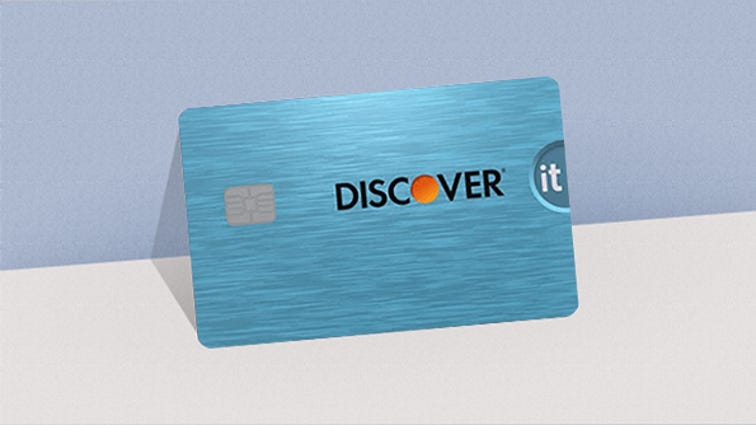Federal loans also have a number of repayment options only offered by the federal government, including loan forgiveness plans
- Early decision: By mid-December
- Rolling admission: Within six to eight weeks of receiving your application
- Regular admission: March or April
When a college accepts you as a student, they will send you a letter notifying you. They will send you a financial aid award letter , also known as a college offer letter or a school aid offer, along with that notification.
The letter will detail what financial aid you can receive at that particular college. It will list the total cost of attendance and what grants, scholarships, and work-study programs you can use. It will also include a list of what federal student loans you can qualify for and what your expected contribution is outside of that financial aid package.
To compare financial aid offers, make sure you subtract grants and scholarships — gift aid that doesn’t need to be repaid — from the total cost of attendance. The rest of the money you will have to borrow, so you can more clearly see which school is offering you the best financial aid package.
Financial Aid Before You Borrow

Before taking out federal loans or private student loans and sign up for monthly payments after graduation, make sure you exhaust all interest-free financial aid opportunities first.
Scholarships and Grants
While you can qualify for grants and scholarships from your college, you can also get financial aid from non-profit organizations and private companies. You can apply for multiple scholarships and grants to reduce your education costs.
For example, Earnest operates The Earnest Scholarship , awarding $5,000 to 50 undergraduate and graduate students for the 2020-2021 school year. There are no minimum GPA, residency, or major requirements to apply, and you can submit your application online.
Work-Study

With a federal work-study program, you take on a part-time job related to your major . As an undergraduate student, you’re paid on an hourly basis, and you can use your earnings to cover a portion of your education costs.
The number of hours you can work is determined by your federal work-study award, and your employer and the school financial aid office will base your schedule on your class schedule.
If a work-study program wasn’t included in your financial aid letter, reach out to the financial aid department to see if there is any availability. Not all schools participate in the federal work-study program, but many do and can help you.
Signing Your Loans
If you’ve applied for scholarships, grants, and a federal work-study program and still need money to pay for school, you may need to take out student loans. If that’s the case, you want to give yourself plenty of time to consider all your options.
Federal student loans
On your financial aid offer letter, the school will include directions on what you need to do to accept the offered financial aid, including the federal student loans — such as Direct Subsidized Loans, Direct Unsubsidized Loans, or Direct PLUS Loans — listed.
The fixed interest rates for each federal loan option are set each year and do not change based on your credit score, unlike a private loan.
There are usually school deadlines you have to meet, so make sure you follow the directions carefully. In some cases, you can sign a Master Promissory Note and accept the loans online. With other schools, you may have to fill out a paper form and mail it back to the college.
Private student loans
If you need additional funding, private student loans can be a useful supplement to federal loans. And, they have more flexibility, since you can borrow up to the total cost of attendance. Make sure you are only borrowing the loan amount that you need for attendance, borrowing too much will mean extra loan payments and interest.
